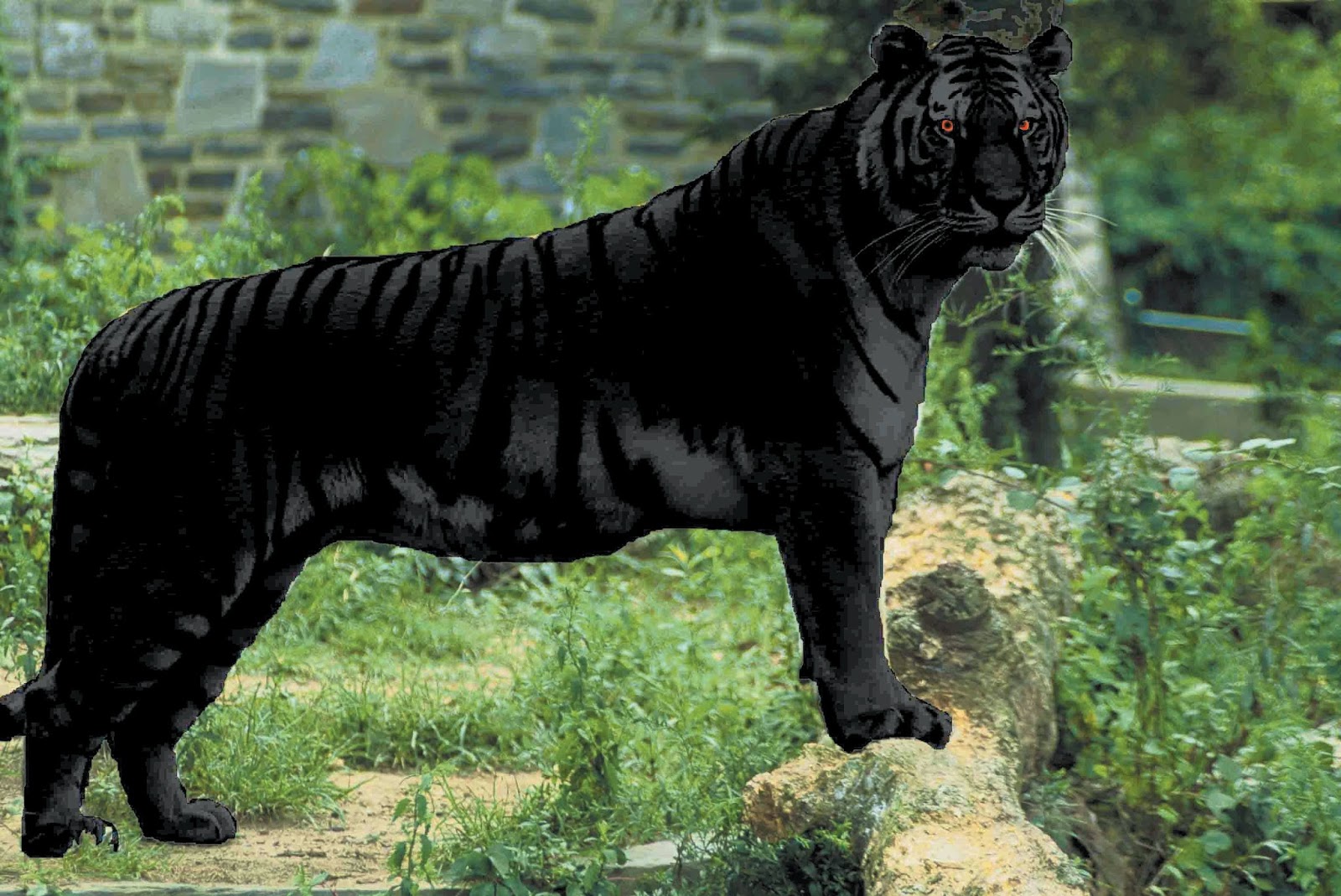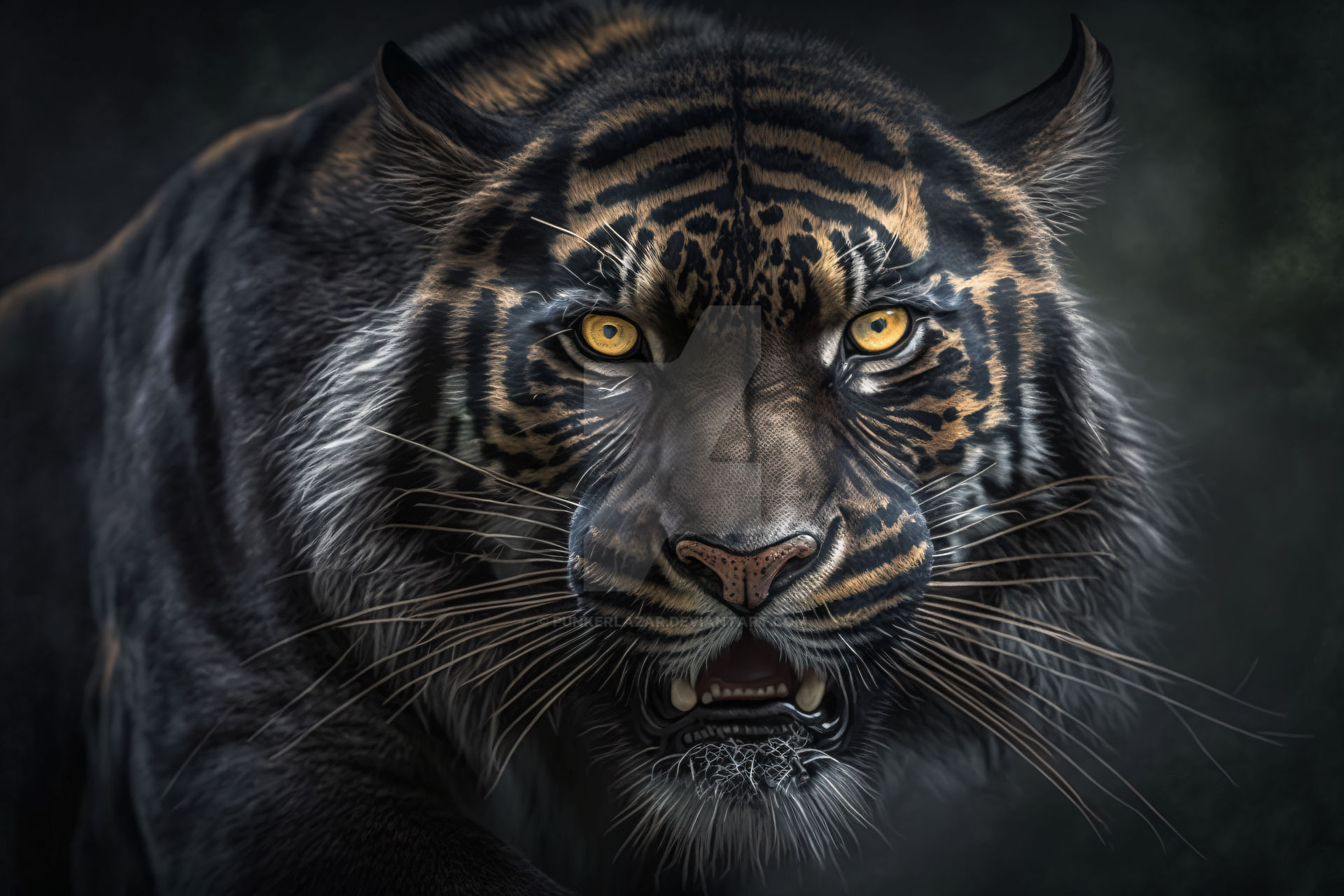Unveiling The Black Tiger: India's Elusive Striped Enigma
Table of Contents:
- Introduction
- What is a Black Tiger?
- The Genetic Secret Behind the Stripes
- Similipal Tiger Reserve: The Exclusive Sanctuary
- Historical Sightings and The Myth Becomes Reality
- Conservation Challenges and Genetic Diversity
- Beyond the Wild: Other Uses of the Term "Black Tiger"
- The Future of the Black Tiger
- Conclusion
Introduction
Deep within the dense, verdant forests of India, a creature of myth and legend has slowly emerged into the light of scientific understanding: the black tiger. For centuries, whispers of a tiger so dark its stripes seemed to merge into its coat have captivated imaginations, often dismissed as folklore. However, recent scientific discoveries and documented sightings have confirmed the existence of this truly extraordinary animal, a rare and elusive color variant of the Bengal tiger. This unique feline marvel is not a distinct species, but rather a stunning example of nature's genetic artistry, showcasing a profound adaptation that sets it apart from its more commonly seen relatives.
Our journey into the world of the black tiger will uncover its fascinating characteristics, delve into the genetic mystery behind its distinctive appearance, and explore its exclusive habitat. We will also examine the critical conservation challenges it faces and the ongoing efforts to protect this magnificent creature. Prepare to be captivated by the story of an animal that embodies both the raw power of the wild and the delicate balance of genetic diversity, a true gem of India's natural heritage.
- Danielle Bradbery
- Greyson Chance
- Patricia Carey
- Eric Roberts Movies And Tv Shows
- Issa Rae Movies And Tv Shows
What is a Black Tiger?
The term "black tiger" often conjures images of a completely black feline, akin to a black panther or a melanistic leopard. However, the reality of the black tiger is far more nuanced and equally captivating. These aren't true melanistic tigers in the sense of being entirely black; instead, they are a rare color variant of the Bengal tiger (Panthera tigris tigris) characterized by pseudo-melanism. This means their stripes are significantly thicker and closer together than those of typical Bengal tigers, often appearing to merge, creating a striking dark background that gives the impression of a "black" or very dark tiger. This unique patterning makes them incredibly elusive and visually distinct, truly a marvel to behold in the wild.
Unlike a separate species or even a distinct geographic subspecies, the black tiger is simply a manifestation of a specific genetic trait within the Bengal tiger population. This distinction is crucial for understanding their biology and conservation needs. Their base coat color remains orange-brown, but the expansion and merging of their black stripes due to a genetic mutation give them their characteristic dark appearance. Reports of black tiger sightings have been made since at least 1773, when James Forbes, an artist, made a watercolour painting of one in Kerala, hinting at their historical presence across parts of India. While such historical accounts exist, modern confirmed sightings are far more geographically restricted, primarily to a single location.
Their rarity makes every sighting and study invaluable. These tigers possess all the typical physical attributes of Bengal tigers, including their impressive size, powerful build, and predatory prowess. The primary difference lies solely in their coat coloration and patterning. For instance, the hair on the cheeks of old males can be rather long and spreading, similar to other Bengal tigers, but the defining feature remains the dramatic striping. Understanding what constitutes a black tiger is the first step in appreciating its unique place in the animal kingdom and the complex challenges associated with its survival in an increasingly fragmented world.
The Genetic Secret Behind the Stripes
The mesmerizing dark coat of the black tiger is not a random occurrence but the result of a precise genetic anomaly. This phenomenon, known as pseudo-melanism, is a fascinating example of how a single genetic change can dramatically alter an animal's appearance. Researchers have meticulously studied the genetic makeup of these rare felines to pinpoint the exact cause of their distinctive broad stripes, leading to a significant breakthrough in understanding their biology and the mechanisms of coat pattern development in big cats.
The Taqpep Gene Mutation
At the heart of the black tiger's unique coloration is a single mutation in the transmembrane aminopeptidase Q (Taqpep) gene. This gene plays a crucial role in the development of coat patterns in various felids, influencing the distribution and density of pigment. In the case of the black tiger, this specific mutation leads to an expansion of the black stripes, causing them to become much wider and closer together, often merging into one another. This gives the tiger its characteristic dark appearance, making it appear much darker than a typical Bengal tiger, sometimes almost entirely black from a distance. The coat coloration and patterning that make these wild cats appear dark boil down to this single genetic change, which essentially "overwrites" the standard stripe pattern.
A new study provided compelling evidence for this genetic link, solidifying what was once a theory. It found that 10 out of the 12 Similipal tigers sampled had at least one copy of this particular Taqpep change. More strikingly, four of these sampled tigers were confirmed black tigers, each possessing two copies of this mutation. This indicates that the trait is likely recessive, meaning a tiger needs to inherit a copy of the mutated gene from both parents to exhibit the pseudo-melanistic characteristics. This genetic insight is vital for understanding the inheritance patterns and, consequently, the extreme rarity of the black tiger in the wild, as it requires a very specific genetic combination to manifest.
Inheritance Patterns
The discovery that black tigers typically carry two copies of the mutated Taqpep gene strongly suggests a recessive mode of inheritance. This means that even tigers that appear "normal" in coloration can carry one copy of the mutated gene (making them a "carrier") and pass it on to their offspring. If two such carriers mate, there's a 25% chance their cubs will inherit two copies of the mutation and thus be born as black tigers. This explains why they are so rare; for a black tiger to be born, both parents must carry the specific gene variant, even if they don't display the trait themselves. This genetic lottery makes their appearance a truly special event.
This genetic mechanism also has

Black Tiger Wallpaper - WallpaperSafari

All Black Tiger

Black Tiger Wallpaper (1) by PunkerLazar on DeviantArt